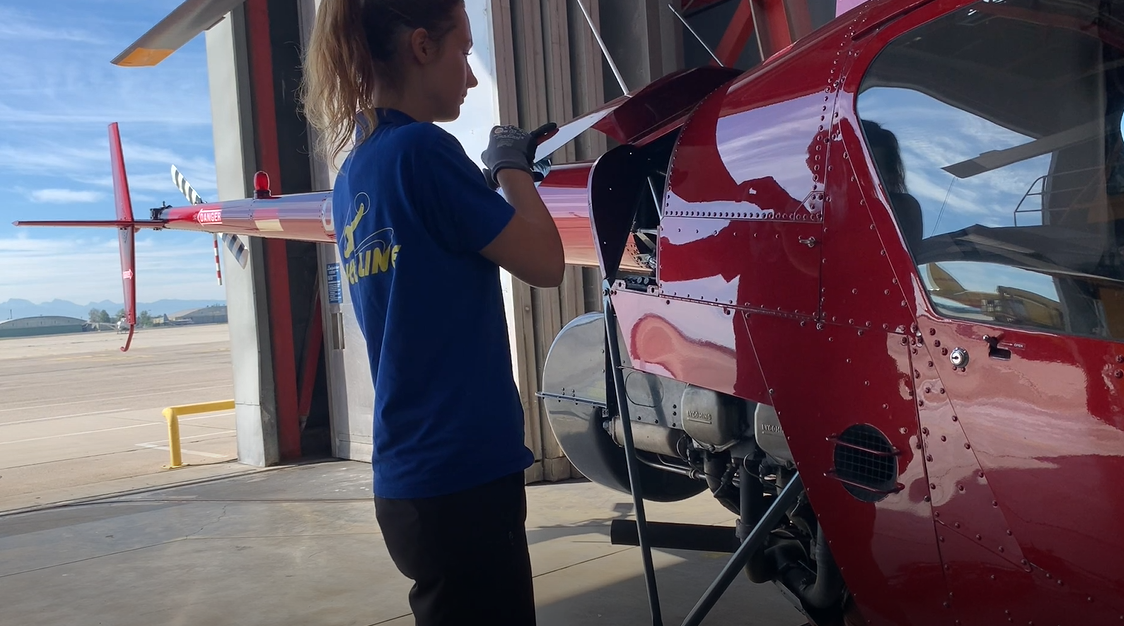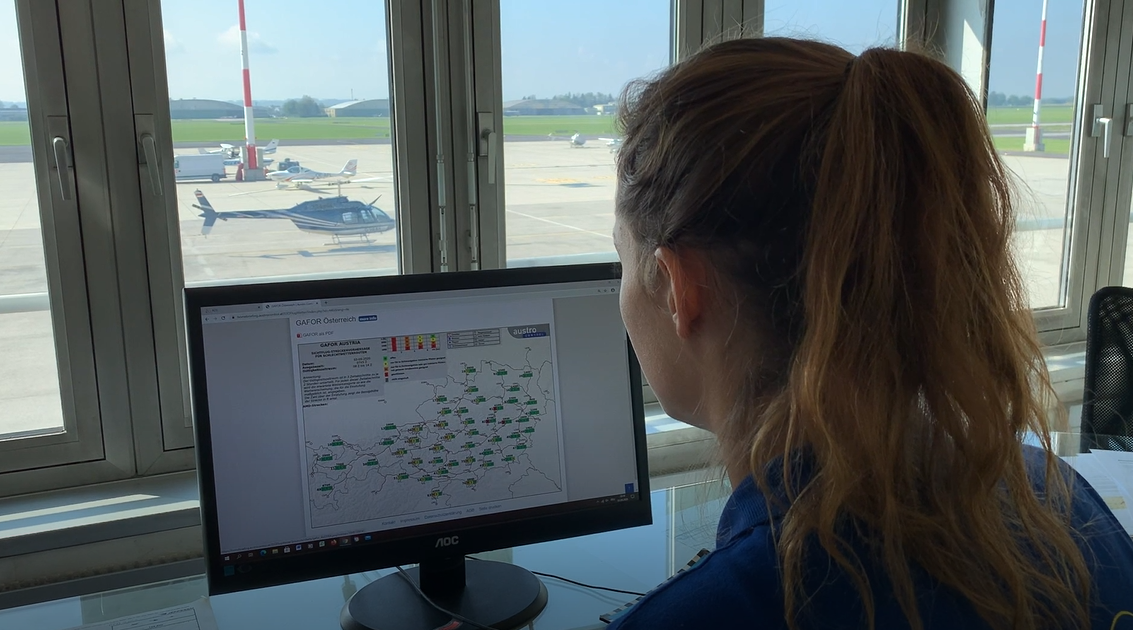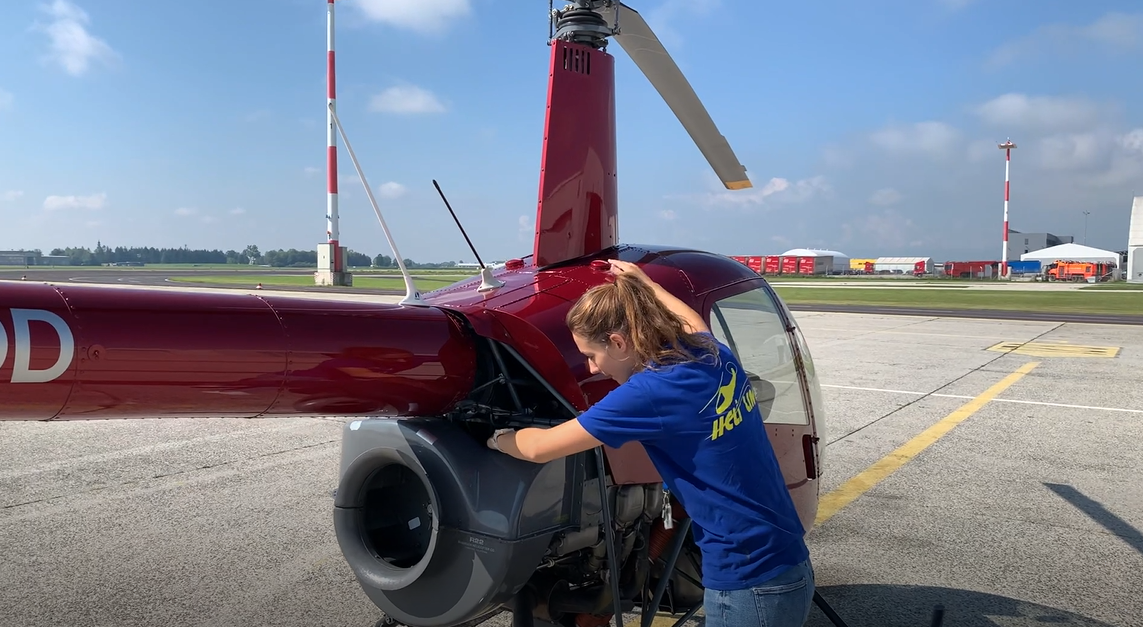Hopefully you will all have returned to flying in some form or another after the long layoff due to COVID-19, or course many of you never stopped! With the help of instructor and pilot Mona Seeberger we aim to help you reflect on your flight planning and preparation activities.
EASA Together4Safety and GASCo - the General Aviation Safety Council have teamed up with Mona to take you through some essential safety points to remember.
Before we go anywhere – think about how you are feeling now?
Decision-making is a major Human Factor that is a major factor in many accidents and incidents. Making effective decision is of course vital for a safe flight. We need to start by thinking of ourselves. It’s possible that some of us (pilots or helicopter!) haven’t flown so much recently – this means there is an increased chance that something could go wrong.
As you may have experienced yourself, our ability to make decisions – especially good ones – is affected by how capable we are in the moment. Being out of practice has an effect on that so it’s important to think about how you are feeling on every day and be aware of how this might impact your decision making.

Capability and workload. Important factors in task management!
When we fly, our capability varies. Despite having lots of flying experience, factors like flying a new helicopter type, the time since our last flight (recency) and even stresses in other parts of our lives can all affect our ability to perform effectively. Even if we are very capable at the beginning of a flight, getting tired, stressed, dehydrated, and hungry, etc. can all change things when we least expect.
Workload varies throughout a flight. If it stays within our capability, we have a “margin of safety”, because we have the capacity to cope. Any surprises (like a sudden engine problem or a near miss with another aircraft or helicopter or obstacle) could increase workload further and that can potentially overwhelm us – i.e. the event pushes us beyond our capability.
Once workload exceeds capability, we are at maximum capacity and effectively having to 'learn as we go’. The chance of making errors becomes much higher – and that could lead to an accident.
Being prepared is beneficial both for capability and workload. It's why we recommend thinking ahead and having a pre-flight plan. Especially, in the wake of COVID-19 restrictions and their gradual lifting or reinstatement, consider carefully whether you should make your first flight with an instructor or coach - there's no shame in seeking help.
How to increase our capability?
Training, flying experience, staying fit and healthy increases our capability.
- Training enables you to learn new skills and keep your current ones sharp.
- Flying experience generally increases your capability but you can still get rusty and since every flight is different, you can never apply all of your experience every time….
- Being fit and healthy (wellbeing) gives brain and body the best chance of working well together, so you can make good decisions and apply your skills successfully.
How can we reduce our workload?
We can reduce our workload by: making plans, using checklists, and set realistic personal limits. All of these tools should be used, to manage your potential workload
- Planning before flight is never time wasted and prevent us from acting impulsively.
- Checking can help you work through something logically and efficiently without forgetting anything. That’s easier than having to remember things, especially under stress.
- Setting personal limits that reflect your capability is an effective way of ensuring a Margin of Safety.
Is everything set? Making sure both you and your flight are ready to go
Having thought a little bit about how we give ourselves the best chance of making good decisions, let’s now prepare for a flight. We’ll start by checking ourselves and then the helicopter, always thinking about safety.

Checking ourselves. I’M SAFE? - The IMSAFE Checklist
The IMSAFE Checklist is an acknowledged method of establishing how you are, prior to flight. These are essential aspects to pay attention to:
- Illness - are you suffering from any?
- Medication - are you taking any?
- Stress - are you suffering from any?
- Alcohol - when did you last drink?
- Fatigue - are you well rested?
- Eating - have you eaten recently?
Currency
Even if we are fit to fly, it is likely that none of us are current at the moment or have flown intermittently. Currency is a significant factor in Loss of Control accidents and has an effect on our Capability too. The British Gliding Association – (BGA) version originally came up with the concept of the Currency Barometer.
Checking our helicopter’s readiness
Whether you own, rent or borrow your helicopter, it is important for the pilot to check at least the following items:
- Maintenance,
- Equipment readiness,
- Paperwork check,
- Fuel and Oil check,
- Mass, Balance and Performance,
- More paperwork,
- Insurance,
- Pre-flight inspection.
And if you have any doubts, always seek advice before deciding to fly.
Fly legally
As well as being airworthy, it is equally important that we fly legally. Pay attention your license, your medical and your insurance are up to date. Not doing so could mean insurances are invalid or we miss more flying opportunity because our licence is suspended!
In the current situation, the respective aviation authorities have given us a number of important dispensations, to allow us to fly for longer with ratings or medicals that would otherwise need renewing. Check your national authority’ website on this subject.
Pre-flight planning
You will likely have already have your own pre-flight planning routine, although perhaps you haven't used it for a while now!
At this stage, you should already have taken appropriate actions for your own fitness, wellbeing, your currency and the helicopter status.
Just hoping for the best isn't a good strategy for staying safe. All the planning that’s recommended here help us to prepare for what we might need to deal with. Here's a reminder of some important things to check during your pre-flight planning, especially in situations where life is not completely back to 'normal':
- One way to work out where Risks can come from is to think: Pilot, Aircraft, Environment, External Pressures (the PAVE list!).
- NOTAMs
- Navigation - Charts and GPS
- Permissions
- Weather briefings
- Passenger’s safety briefing

Ready for departure! Some thoughts for your next first flight. Have you assessed the possible risks you might face?
Assuming we are fit and legal to fly now and the helicopter is in good shape too, we are nearly back to normal and ready to fly!
Our capability is still not where it was however (and that will be true for everyone else in the sky too this time) , so it’s more important than ever to have plans to deal with that – there are things out there that could still pose a threat and we are likely to make errors (we are human after all). The trick is not to let threats or errors turn into an accident. As you plan your flight, now is a good time to think about threats that may affect you and errors you might make.
Threat And Error Management (TEM) is a method to identify Threats and Errors and then work out a plan to deal with them, ideally before flight, although TEM can be used at any stage.
The eventualities brief
Whether or not it is the first time that you have flown in a while it is important to prepare yourself mentally for the flight ahead. So after pre-flight planning and before you get going, it can help to sit in the aircraft and just re-familiarise yourself with where everything is again!
It’s also a good time to review and ‘visualise’ what you’re about to do. This is a proven and powerful technique to aid your retention of information and cement plans in your mind. Watch aerobatic or display pilots, or a footballer about to take a penalty. They often use this technique!. Glider pilots know the value of briefing themselves just prior to take-off. ‘Eventualities’ is the penultimate item in their pre-flight checklist, before they check the canopy is locked and get ready for launch.
In the helicopter and close to take-off you can use a similar tactic. You don’t have to brief the same eventualities each time, but you should be prepared for the worst. A quick reaction may be vital to ensure the safest outcome.

More information
Stay tuned for our next Together4 Safety video on walk around checks coming up over the next few weeks. And don’t forget to check GASCo’s website or join us on the EASA Rotorcraft community for all the latest updates and information. Or if you have any questions, get in touch with us at: SafetyPromotion@easa.europa.eu
Thanks for reading this article. Safe flying, stay healthy and blue skies!
Please log in or sign up to comment.